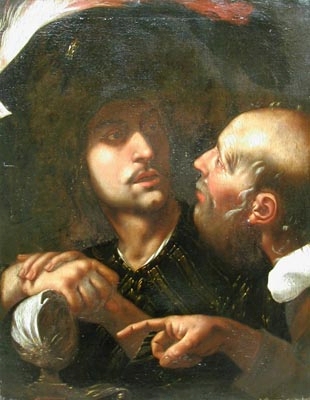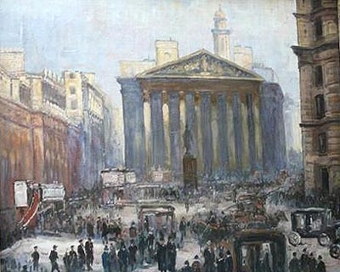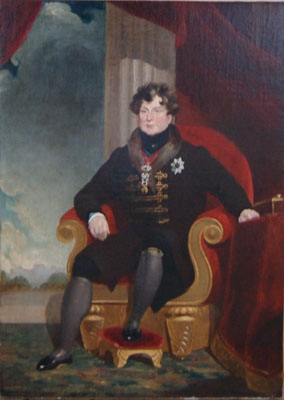dunfermline abbey, fife , scotland
- View other items in:
- antiques interior design modern and vintage
- other interior design
artware ltd
Enquire about this antique
Artware Ltd has 565 antiques for sale.
click here to see them all
Dunfermline Abbey is a large Benedictine abbey in Dunfermline, Fife, Scotland. It was administered by the Abbot of Dunfermline. The abbey was founded in 1128 by King David I of Scotland, but the monastic establishment was based on an earlier foundation dating back to the reign of King M?el Coluim mac Donnchada (i.e. "Malcolm III" or "Malcolm Canmore", r. 1058-93). Dunfermline became a centre for the well-promoted cult of St Margaret (Malcolm''s wife and David''s mother), from whom the monastery later claimed foundation and for which an earlier foundation charter was fabricated. The foundations of the earliest church (the Church of the Holy Trinity) are under the present superb nave, built in the 12th century in the Romanesque style. The Abbey was sacked in 1560, and fell into disrepair, although part of the church continued in use.
Substantial parts of the Abbey building remain, including the vast refectory. Next to the Abbey is the ruin of Dunfermline Palace.Dunfermline Abbey, one of Scotland''s most important cultural sites, has received more of Caledonia?s royal dead than any other place in the kingdom, excepting Iona. The northern renaissance makar, Robert Henryson, is one of the most notable non-royal names to be associated with the abbey. The tomb of Saint Margaret and Malcolm Canmore, within the ruined walls of the Lady chapel, was restored and enclosed by command of Queen Victoria. During the winter of 1303 the court of Edward I of England was held in the abbey, and on his departure next year most of the buildings were burned. When the Reformers attacked the abbey church in March 1560, they spared the nave. This was repaired in 1570 by Robert Drummond of Carnock. It served as the parish church till the 19th century, and now forms the vestibule of the New church. This edifice, in the Perpendicular style, opened for public worship in 1821, occupies the site of the ancient chancel and transepts, though differing in style and proportions from the original structure.
The old building was a fine example of simple and massive Norman, as the nave testifies, and has a beautiful doorway in its west front. Another rich Norman doorway was exposed in the south wall in 1903, when masons were cutting a site for the memorial to the soldiers who had fallen in the Second Boer War. A new site was found for this monument in order that the ancient and beautiful entrance might be preserved. The venerable structure is maintained publicly, and private munificence has provided several stained-glass windows. Of the monastery there still remains the south wall of the refectory, with a fine window. The current church building (on the site of the old Abbey''s choir) remains in use as a Parish Church in the Church of Scotland, still with the name Dunfermline Abbey. In 2002 the congregation had 806 members. The minister (since 1991) is the Reverend Alastair Jessamine.
Antiques.co.uk Ref: EW989MRT
- Materials:
- Watercolour
- Width (cm):
- 22.86 x 15.24 cm 9.00 x 6.00 ins
Artware Ltd
Artware Fine Art specialises in fine antique, decorative and historical portraits and topographical pictures . We cover a period from the 17th and 18th centuries through to the 19th & 20th Centuries. We have over 150 portraits in stock, which can be viewed on our web site, each historical portrait has well researched biographical information both on the sitter and the artist.
Contact details
18 La gare
51 Surrey row
London
Greater London
SE1 0BZ
UNITED KINGDOM
T: 0207 921 97904
E: greg@artwarefineart.com
W: www.artwarefineart.com














